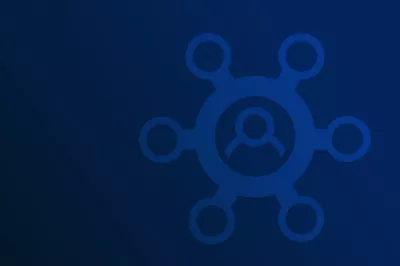Many companies work with an incomplete and non-comprehensive assignment concept for their roles and authorizations. Their maintenance is often still done manually, historically grown roles and responsibilities are not touched, the rights of individual users are not controlled, and workflows are not clearly defined.
However, the manual assignment of roles and authorizations hardly does justice to modern companies' complexity of IT systems. Under such circumstances, which easily arise from changes in day-to-day business, SoD conflicts quickly creep in. This gives rise to potential compliance violations that can be very expensive for the company.
On the other hand, a regularly maintained, holistic, and complete role and authorization concept contains transparent and clear rules that can largely rule out such conflicts. It ensures that all basic compliance rules are followed within a centralized role and authorization assignment. More compliance means more security for the entire company.
The authorization concept also includes your software: Who has access rights to which programs, and who uses which applications and resources? This is not only relevant to prevent data leaks and misuse of information, but also ensures that you always have an overview of what kind of licenses you need for which programs so that your employees can do their jobs. However, in the spirit of economy and efficiency, you certainly want to avoid over-licensing. So, the possibility of good software license management is a positive side effect of a clean and structured authorization and role concept.







